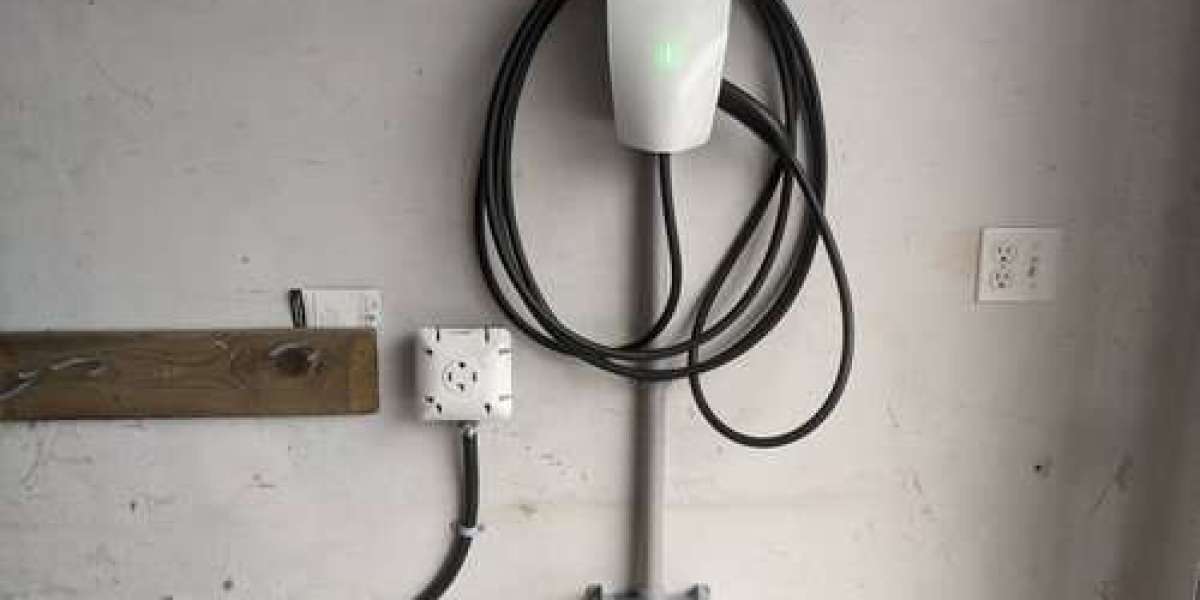In the rapidly evolving landscape of transportation, the rise of electric vehicles (EVs) stands out as a pivotal revolution. With advancements in technology and a global push for sustainable practices, the demand for electric vehicles is soaring. However, with this surge comes the critical need for infrastructure to support these vehicles. One of the essential components of this infrastructure is the installation of EV chargers. This article delves into the significance of EV charger installation, highlighting its importance, benefits, and the process involved.
Understanding the Importance of EV Charger Installation
The transition towards electric vehicles is not merely a trend but a necessity in combating climate change and reducing our dependence on fossil fuels. As more individuals and businesses opt for EVs, the need for a robust charging infrastructure becomes increasingly apparent. backup generator installation plays a crucial role in facilitating the widespread adoption of electric vehicles by providing users with convenient access to charging stations. Whether it's at home, workplaces, or public spaces, the presence of charging stations encourages EV ownership and eliminates range anxiety—a common concern among potential buyers.
Advantages of Installing EV Chargers
1. Environmental Impact
The environmental benefits of electric vehicles are well-documented, but their impact is maximized when supported by a renewable energy source. By installing EV chargers powered by solar or wind energy, we can significantly reduce greenhouse gas emissions and contribute to a cleaner, healthier planet.
2. Economic Savings
While the initial investment in EV charger installation may seem daunting, the long-term savings are substantial. Electric vehicles have lower operating costs than traditional gasoline-powered vehicles, and charging at home or at affordable public stations further reduces expenses. Additionally, incentives and rebates offered by governments and utility companies can offset installation costs, making it a financially savvy decision for businesses and homeowners alike.
3. Enhanced Convenience
Imagine never having to visit a gas station again—this convenience is a reality for EV owners. With EV charger installation becoming more prevalent, drivers can charge their vehicles overnight at home or top up their batteries while shopping or working. This convenience factor not only saves time but also simplifies the overall driving experience, contributing to the growing appeal of electric vehicles.
The Process of EV Charger Installation
The process of installing an EV charger involves several steps, starting with assessing the location and determining the type of charger needed. Whether it's a Level 1 charger for residential use or a Level 2 charger for commercial applications, choosing the right equipment is crucial. Next, a qualified electrician conducts a site assessment to ensure the electrical system can support the charger and obtains any necessary permits. Finally, the charger is installed according to manufacturer specifications, and testing is conducted to verify its functionality.
Conclusion
As the automotive industry undergoes a paradigm shift towards electrification, the installation of EV chargers emerges as a critical component of the transition. From environmental benefits to economic savings and enhanced convenience, the advantages of EV charger installation are manifold. By embracing this technology and investing in charging infrastructure, we can accelerate the adoption of electric vehicles and pave the way for a sustainable future. It's time to plug in and power up towards a cleaner, greener tomorrow.








